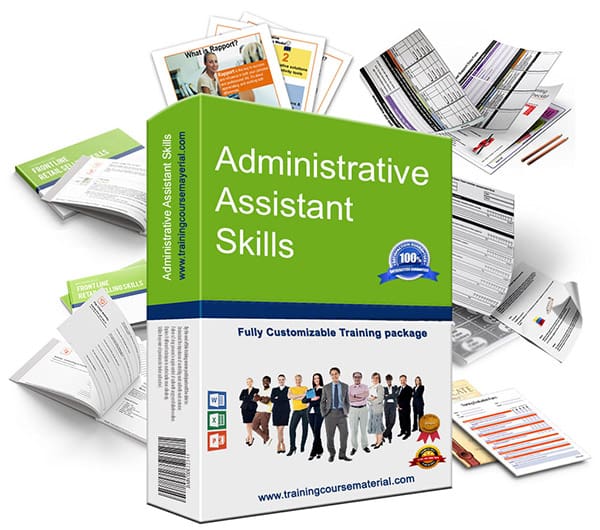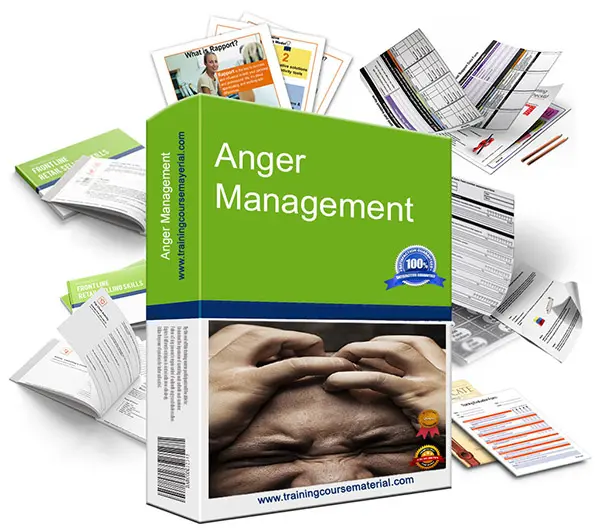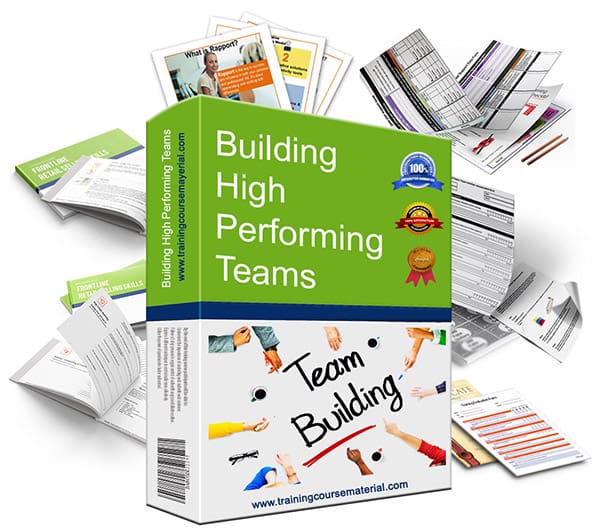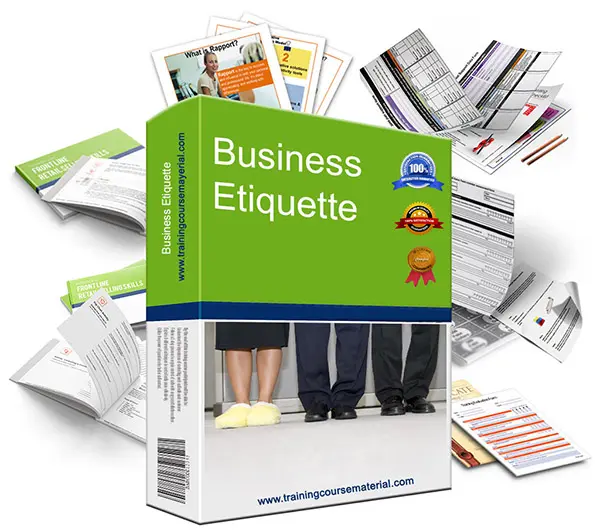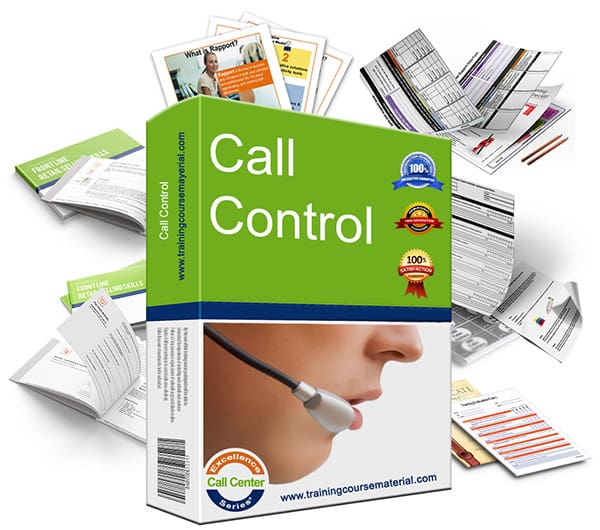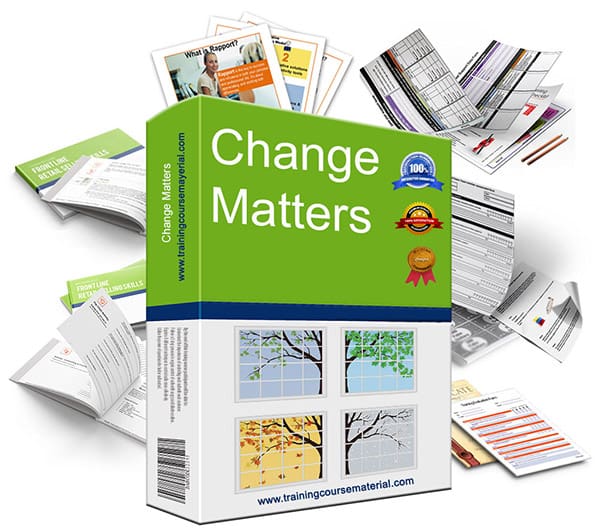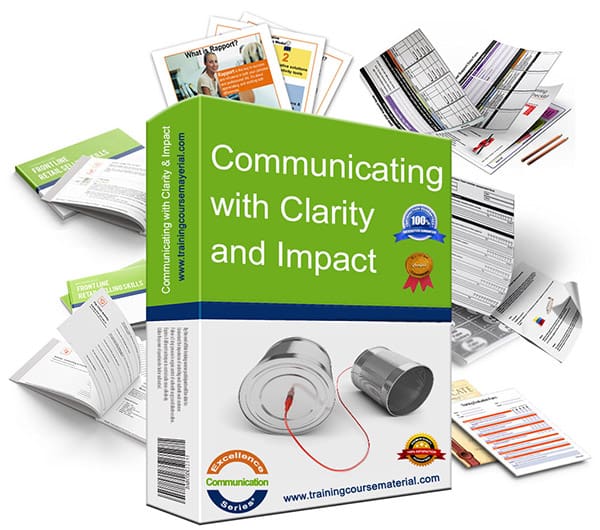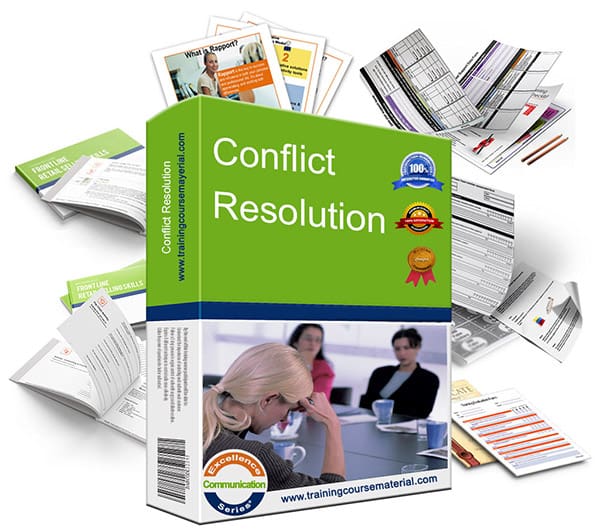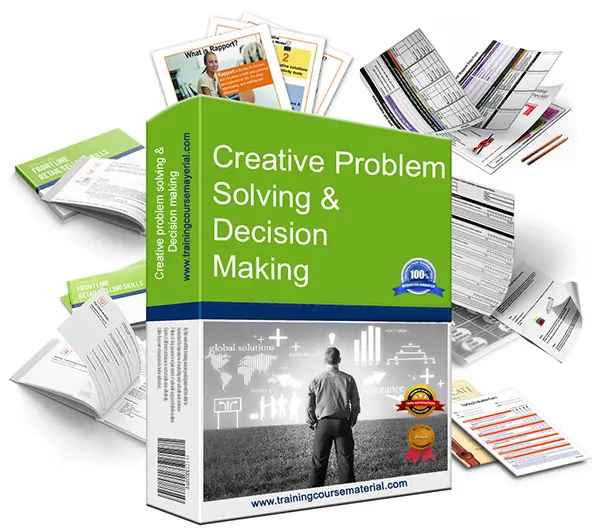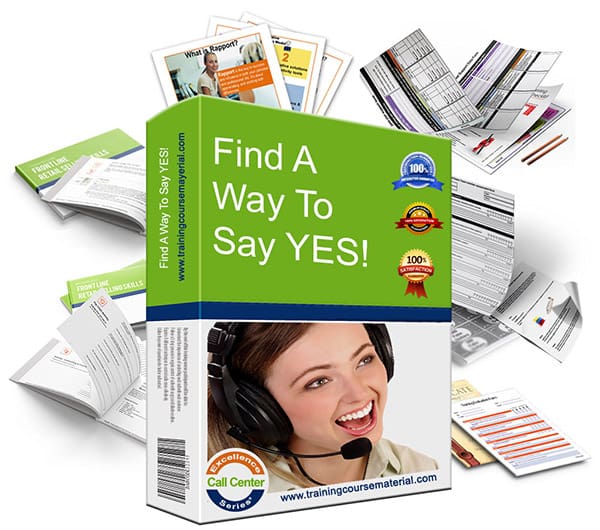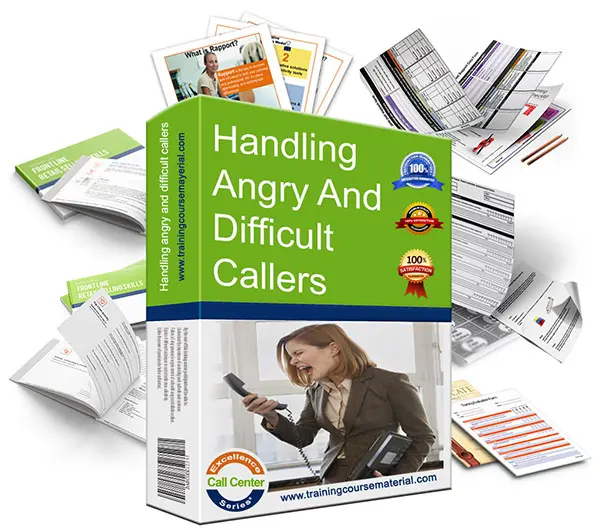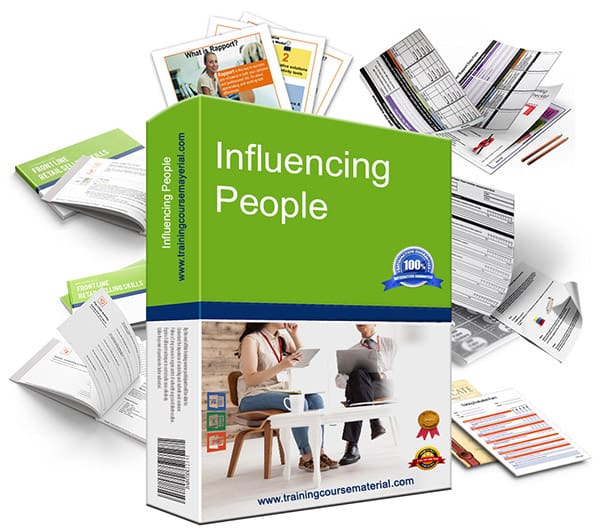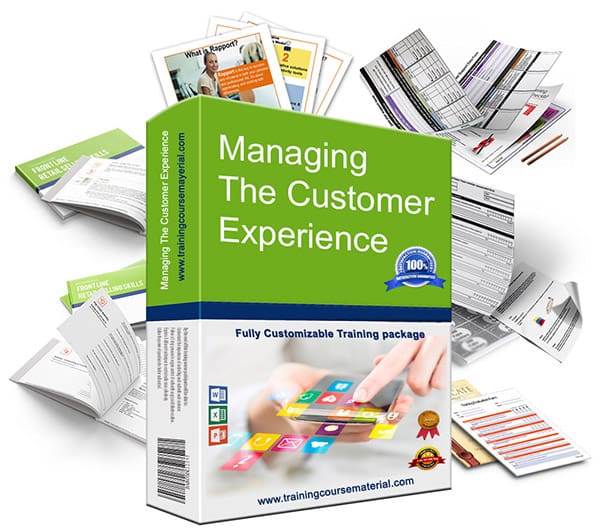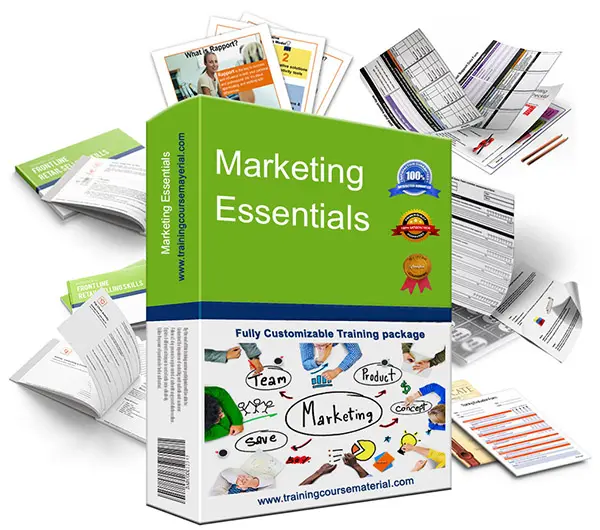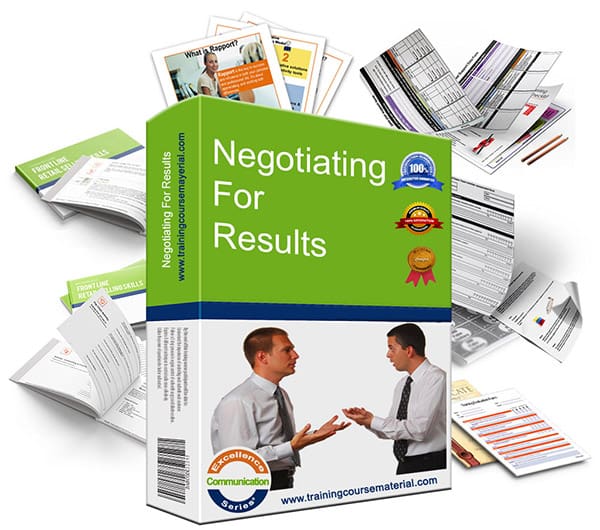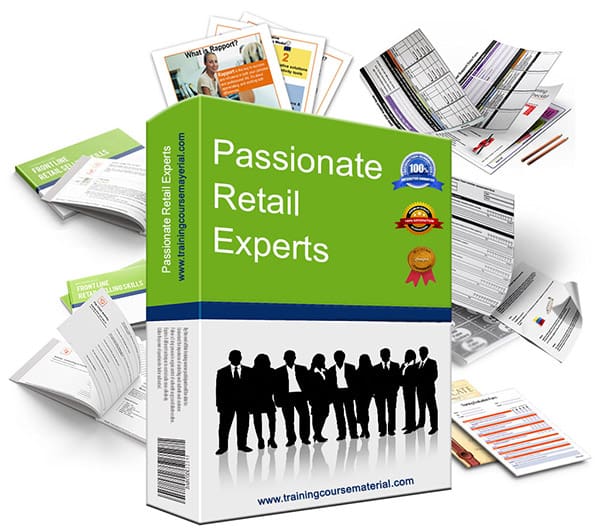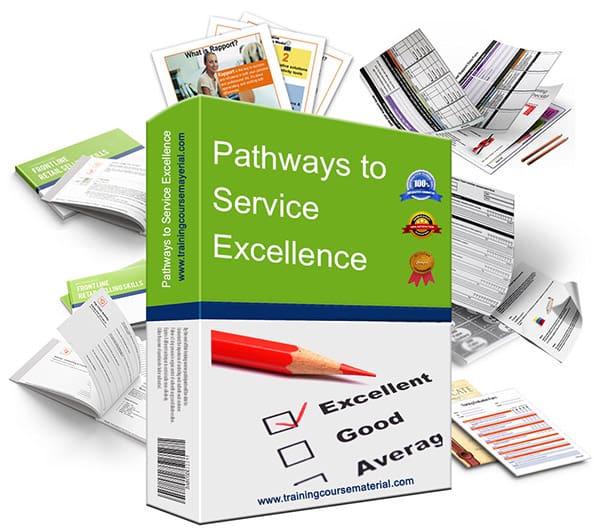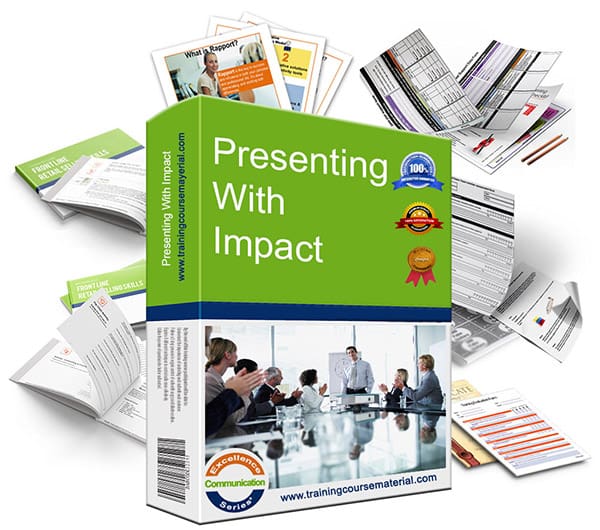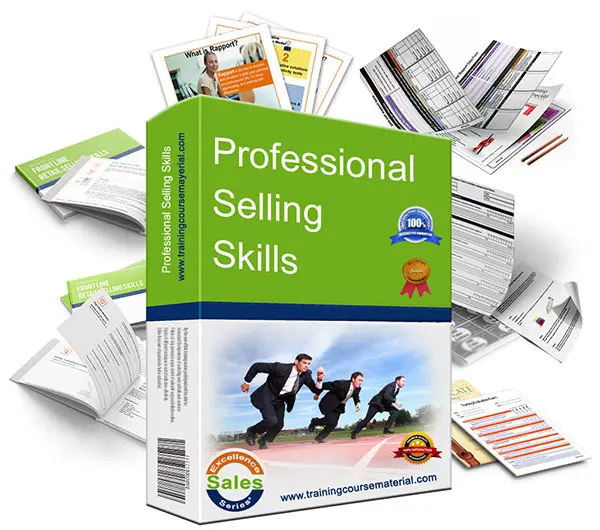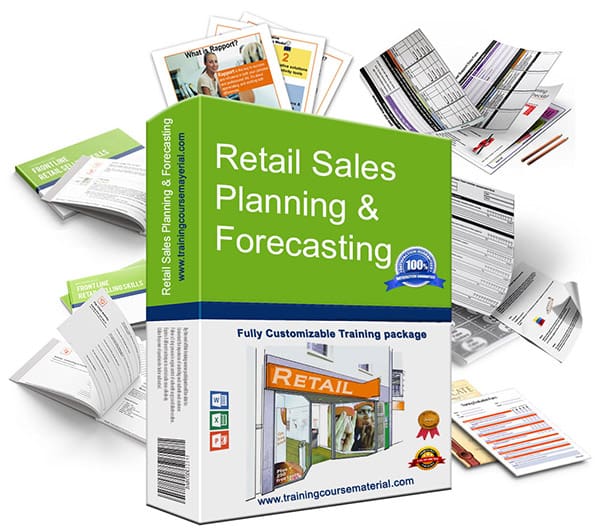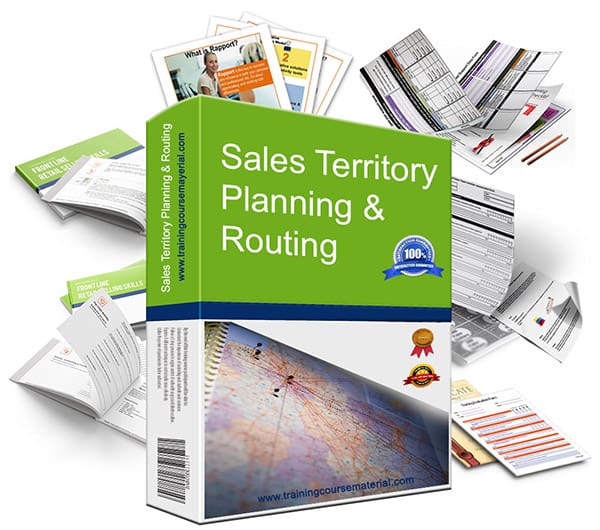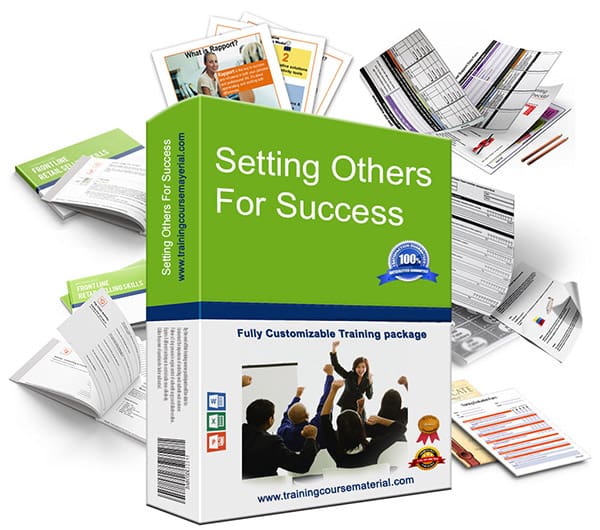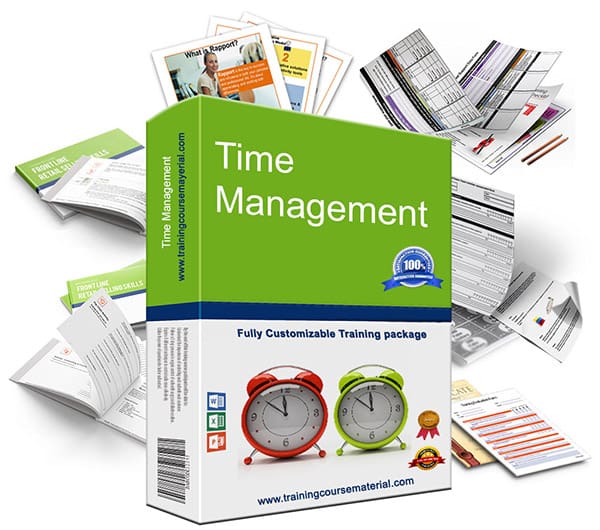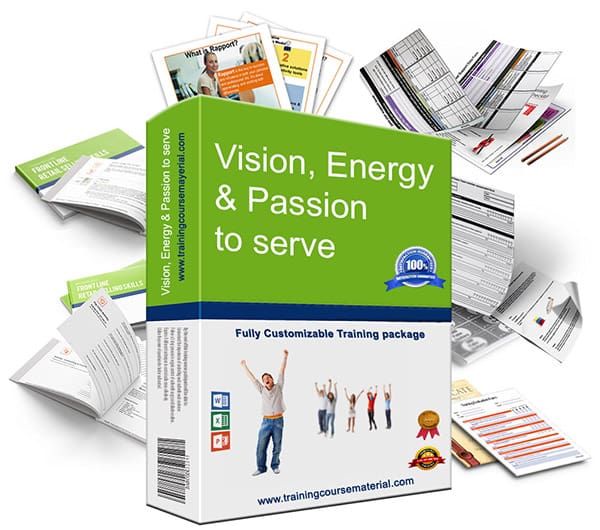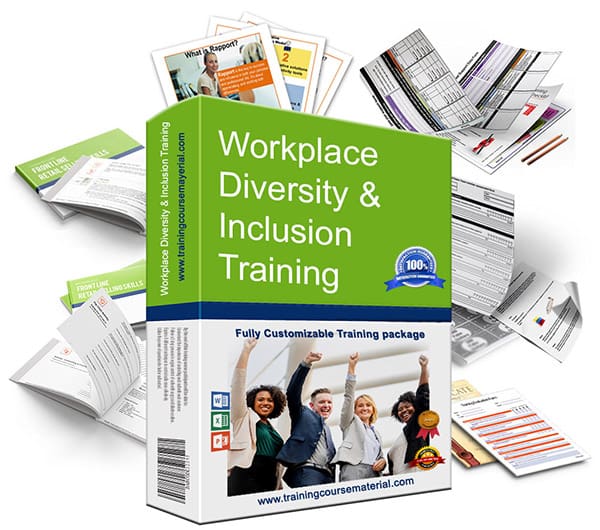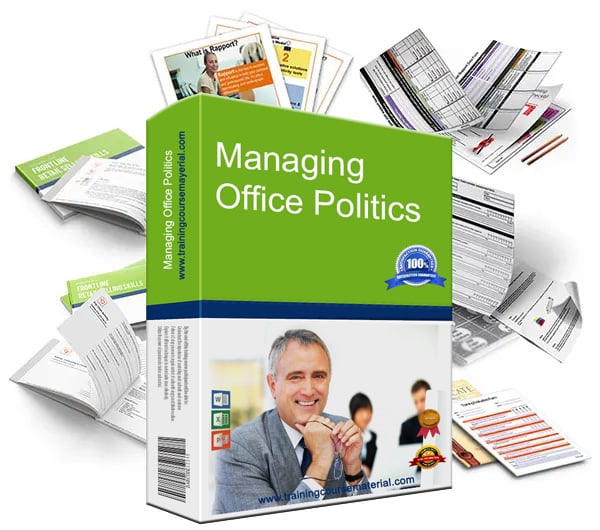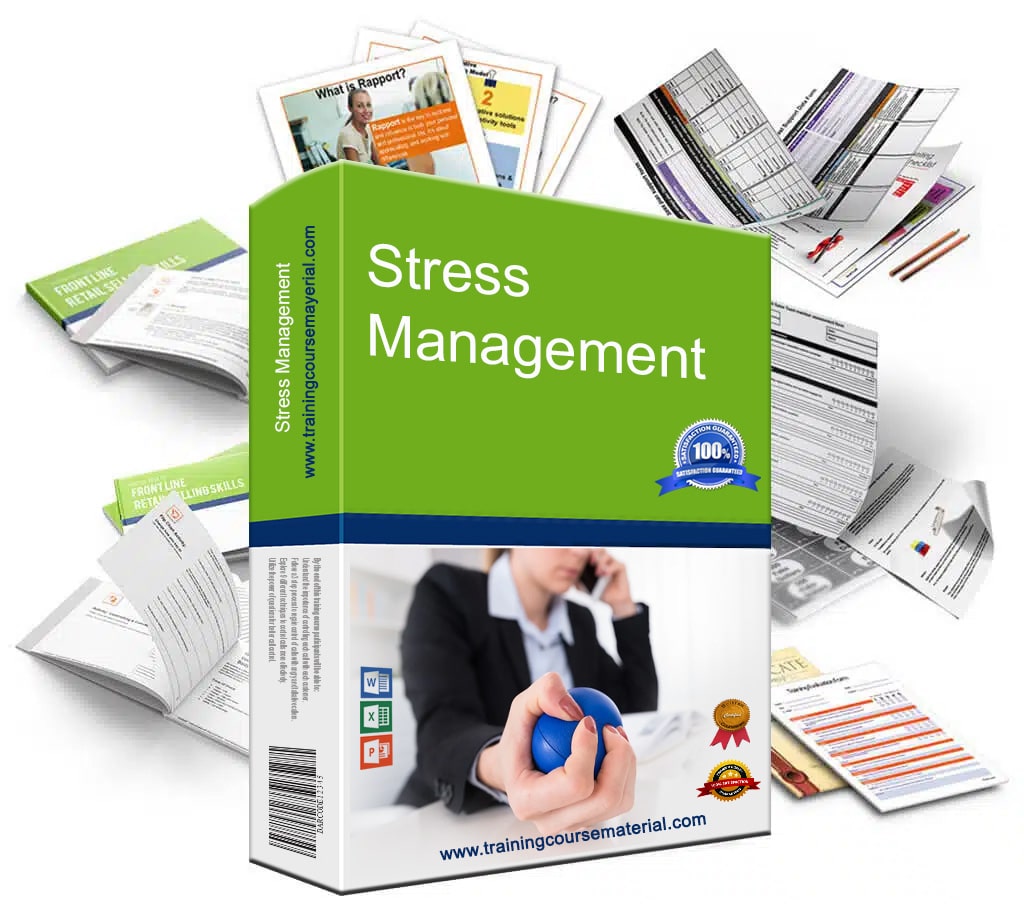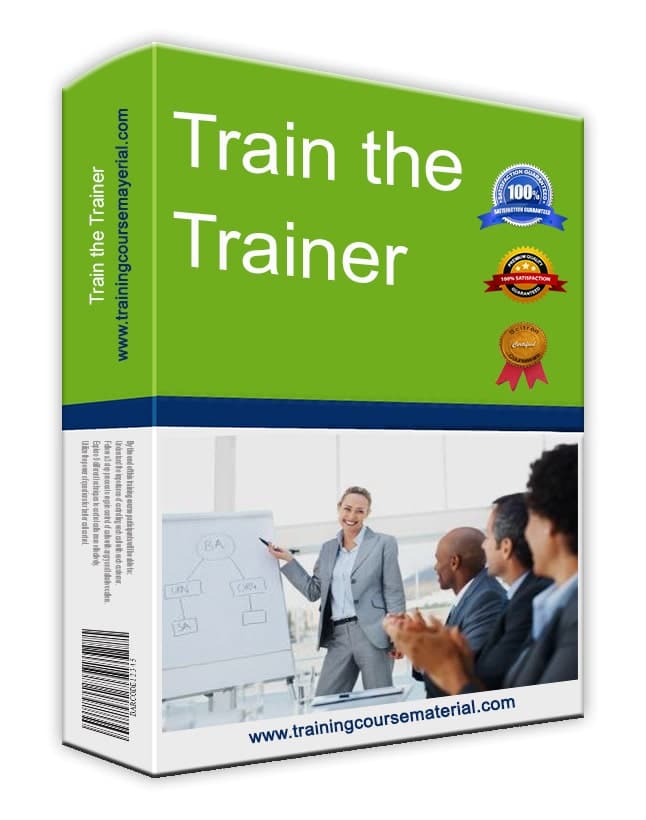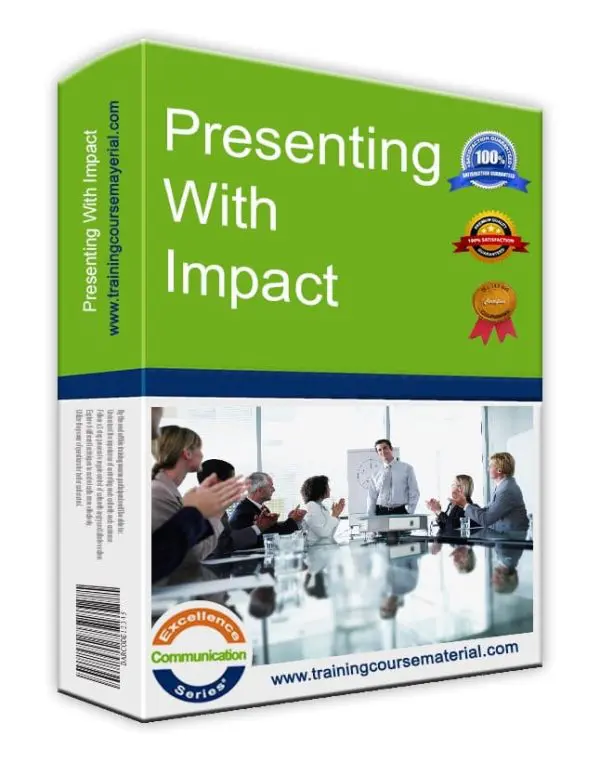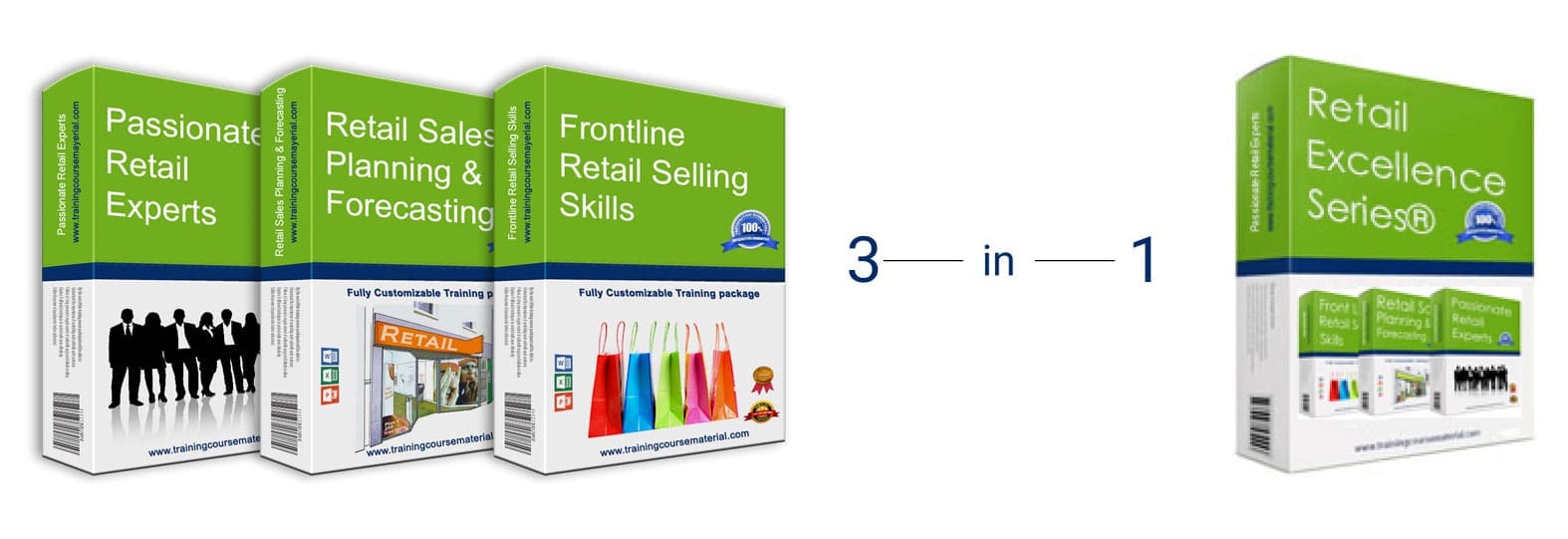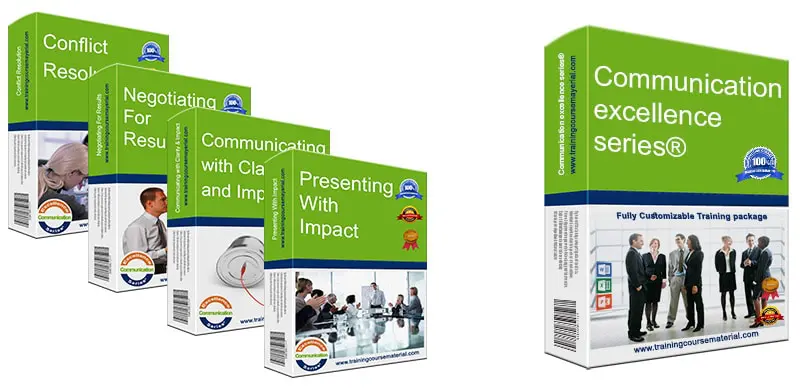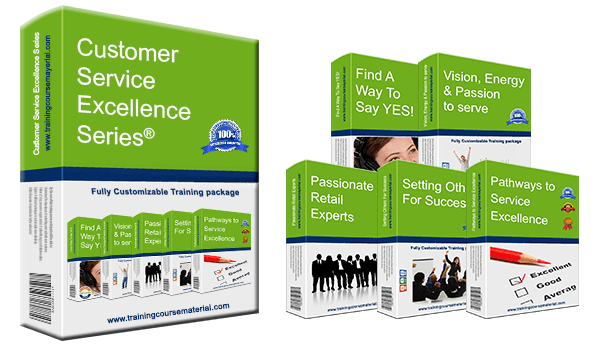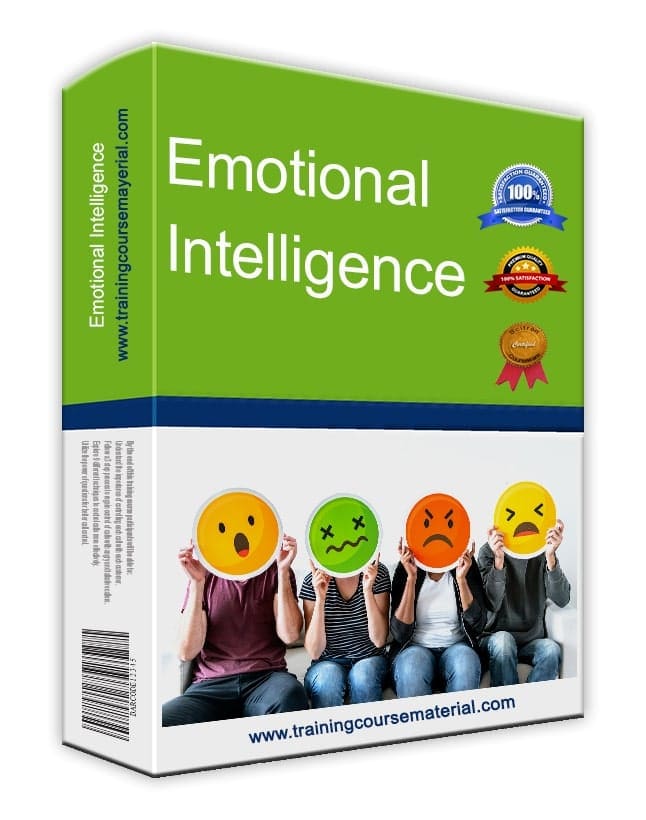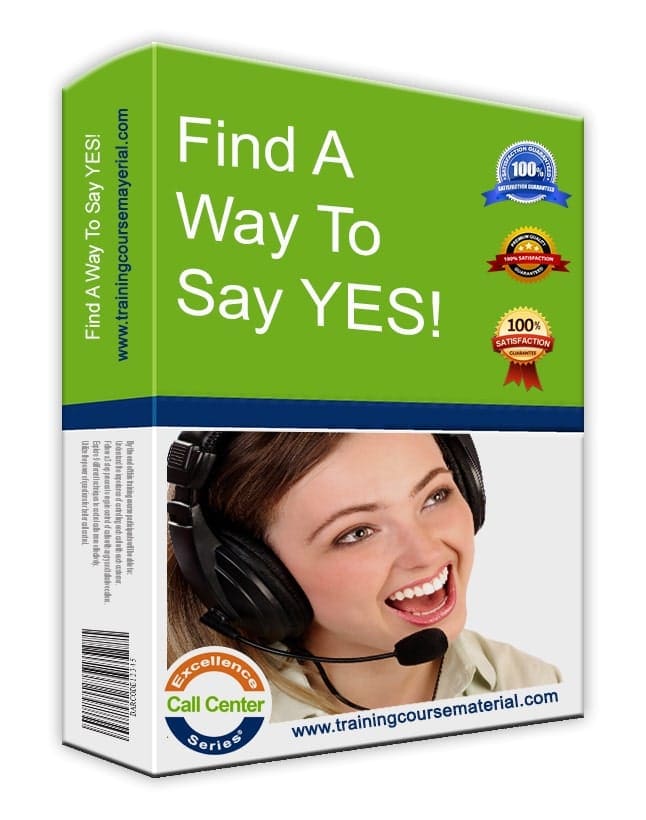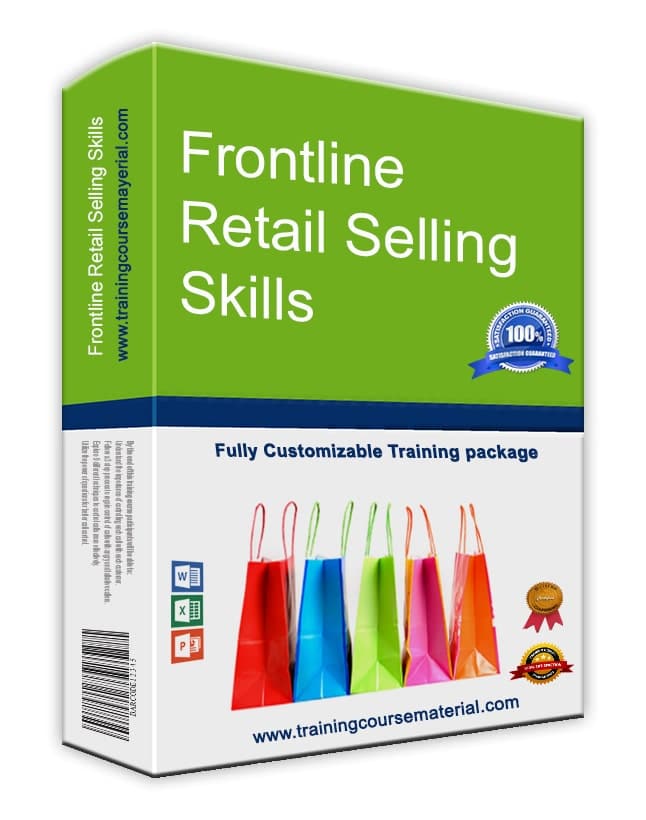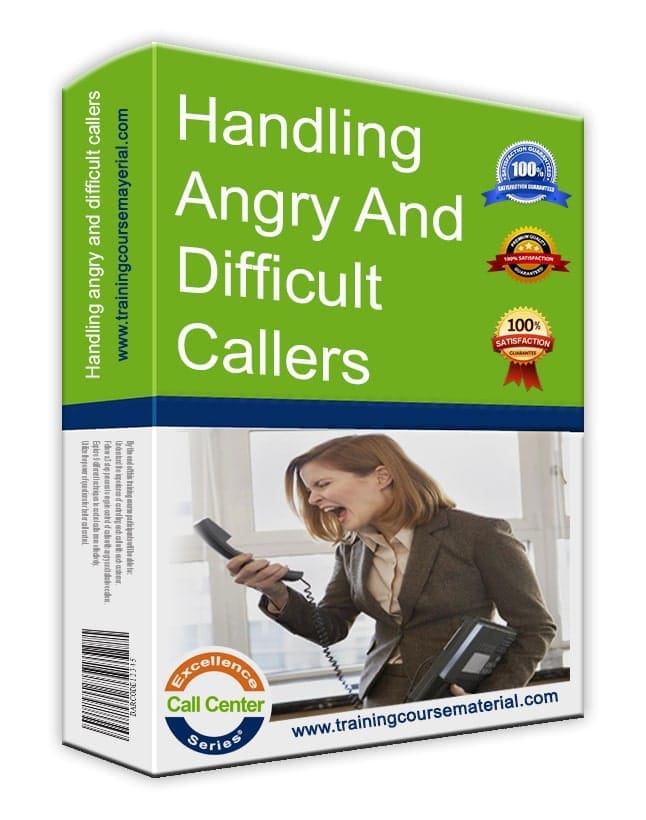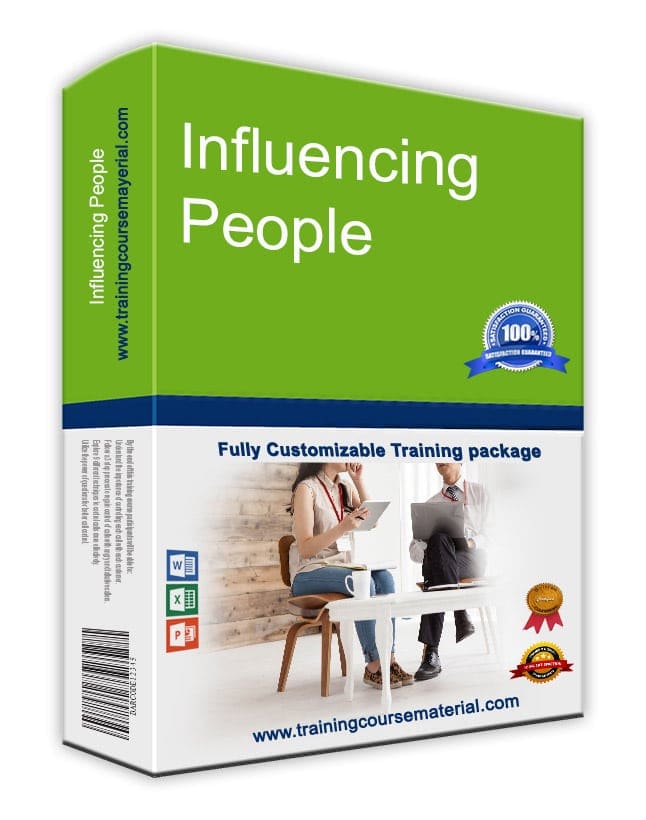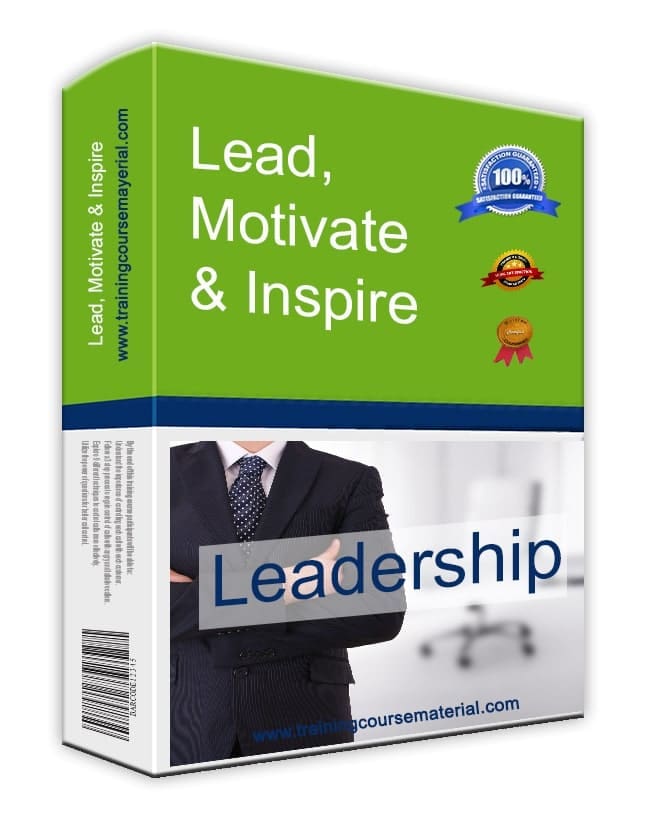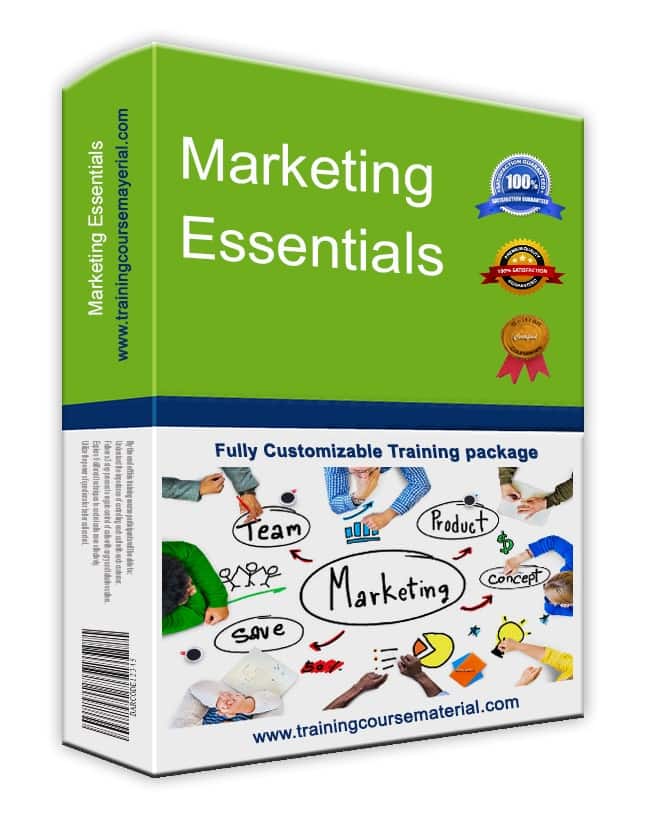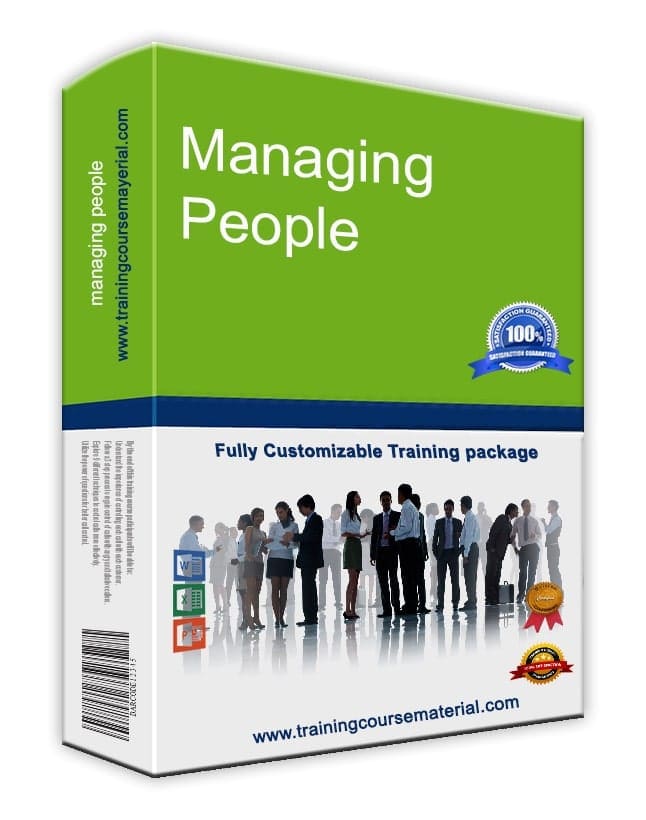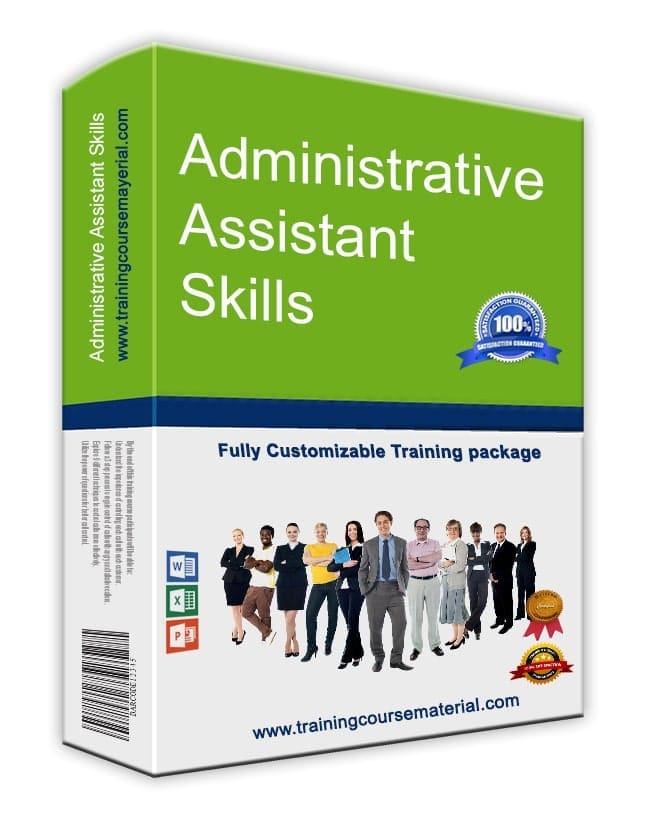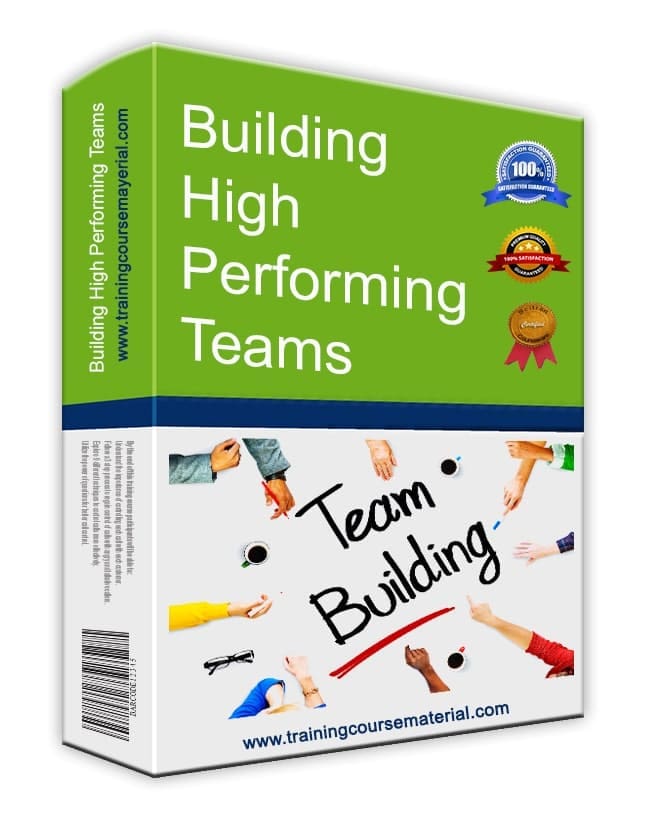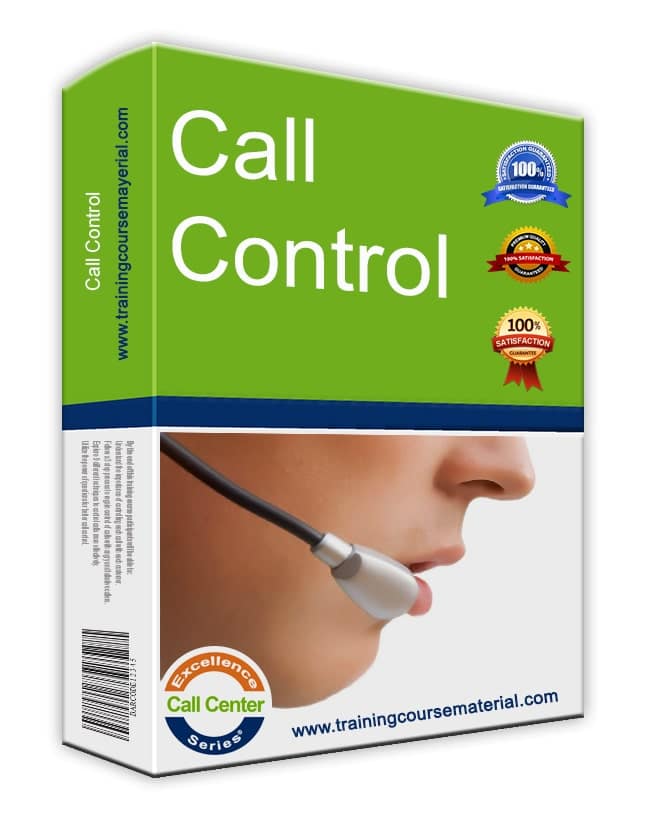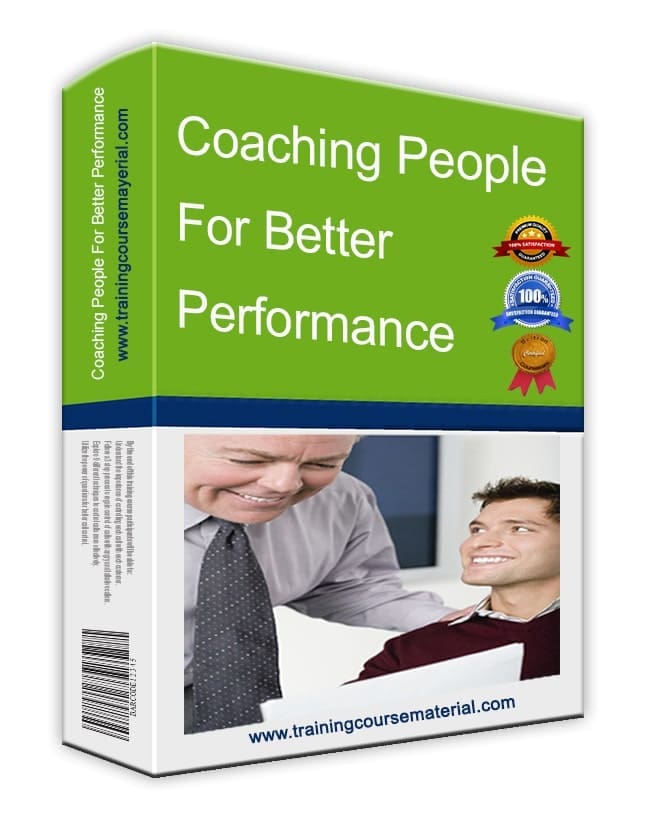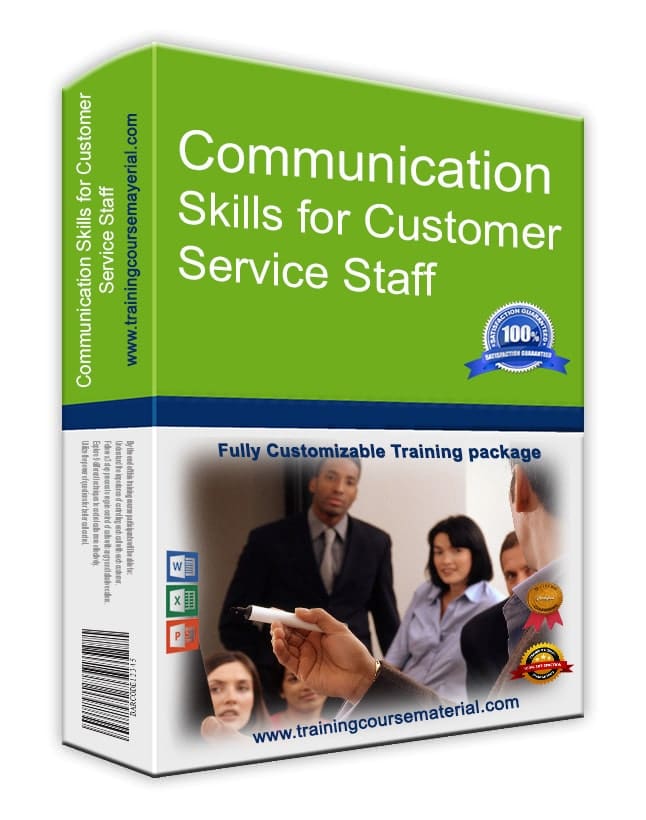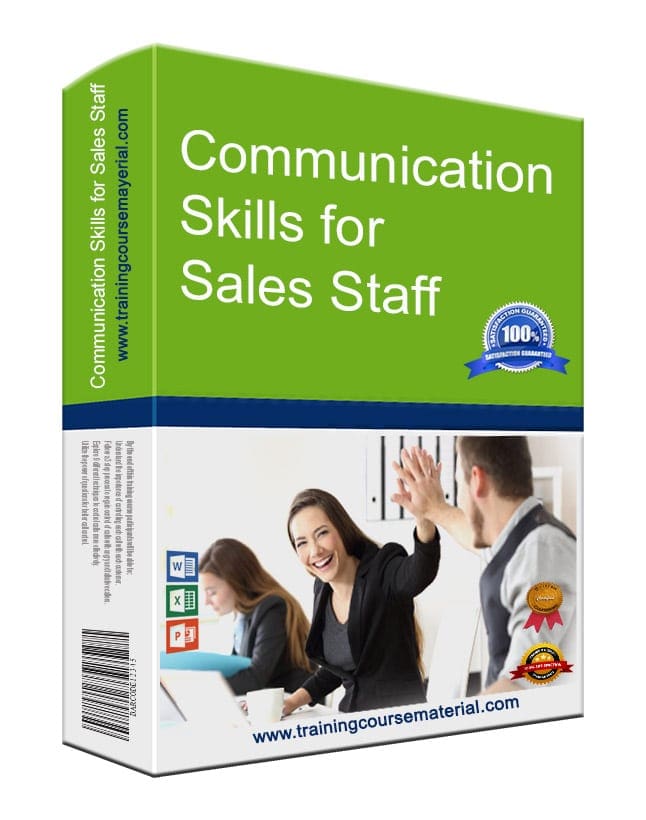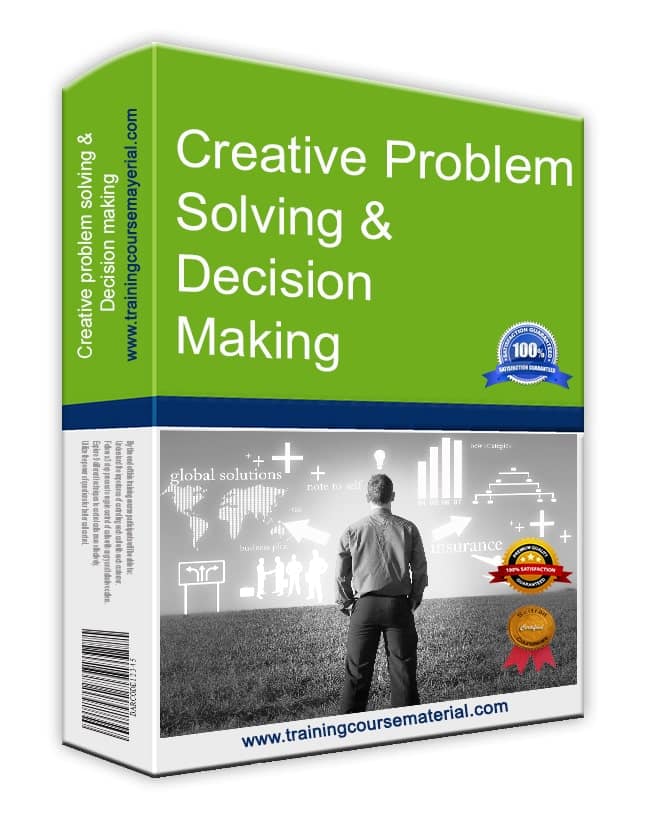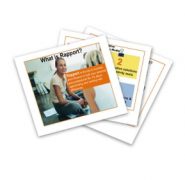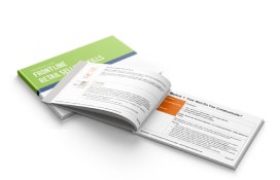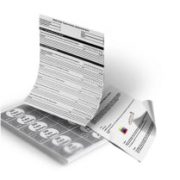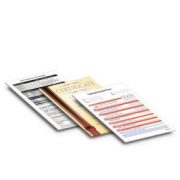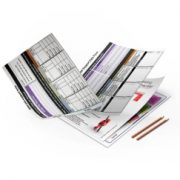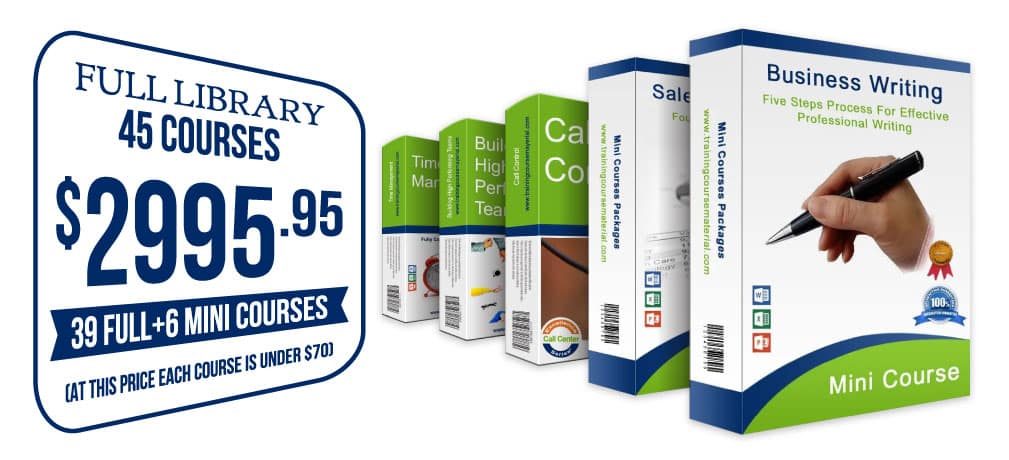Handling Questions and Answers During Presentations
By the TrainingCourseMaterial.com Team
Questions and answers can either enhance your message—or derail it. When handled well, they shift your talk from a one-way lecture to a two-way conversation. They also reveal what your audience is thinking, where they’re unclear, and what they care about most.
But let’s face it: Q&A sessions can be unpredictable. You may get difficult questions, attention-seeking interruptions, or someone trying to challenge your authority. The key is to stay calm, stay focused, and stay in charge.
“During a leadership development session, one participant kept asking about the final action plan section—30 minutes before we got there. Staying calm, I smiled and reassured them it was coming, and when we finally got there, they were the first to engage.”
Three Steps to Answering Any Question
- Listen fully: Don’t start formulating your response before the question is finished. You’ll miss nuances and risk answering the wrong thing.
- Choose to answer—or not: You’re not obligated to answer every question. If a topic is sensitive or off-track, politely explain that you’ll follow up later or after the session.
- Rephrase before replying: Restate the question in your own words to confirm understanding and help others in the audience follow along.
Handling Common Q&A Challenges
When You Don’t Know the Answer
Say so—confidently. Try: “That’s a great question. I’ll check and get back to you after the session.” You can also invite the audience to weigh in: “Does anyone here have experience with that?”
When the Question Was Already Answered
Don’t call it out. Just repeat your answer politely. Saying “As I said earlier…” might sound dismissive. Treat the question like it’s new.
Provocative or Disruptive Statements
If someone makes a statement instead of a question—especially a confrontational one—only rephrase it if you can redirect it constructively. Otherwise, acknowledge it and move on.
“Show-Off” or Tricky Questions
Assume good intent. Respond by reframing the question and confirming your understanding: “If I understand correctly, you’re asking…” This buys time and sets a neutral tone.
“Can’t Wait” Questions
Sometimes people ask about sections you haven’t reached yet. Don’t jump ahead—just assure them their topic is coming up: “That’s part of the next section, and I’ll cover it in detail shortly.”
Mini FAQ
- What if someone keeps interrupting me?
Set expectations early. “I’ll save time at the end for all questions.” If they persist, calmly reiterate your plan. - Should I take questions throughout or at the end?
If your presentation is tightly timed, reserve Q&A for the end. Otherwise, signal when you're open to interaction, like after each major section.
Final Thought
Q&A isn’t a test—it’s a tool. Used well, it can deepen engagement, clarify your message, and build trust with your audience. These same practices are embedded in our facilitator-led training guides.
🎤 Free Presentation Skills Self-Assessment
Want to evaluate your delivery style and how you handle live questions? Try our free self-assessment.
📘 Presenting With Impact – Instant Download Training Package
Give your team the tools to communicate with confidence. Downloadable slides, trainer scripts, activities, and more.
Reviewed and fact-checked by the TrainingCourseMaterial.com editorial team on . Originally published September 2021.

